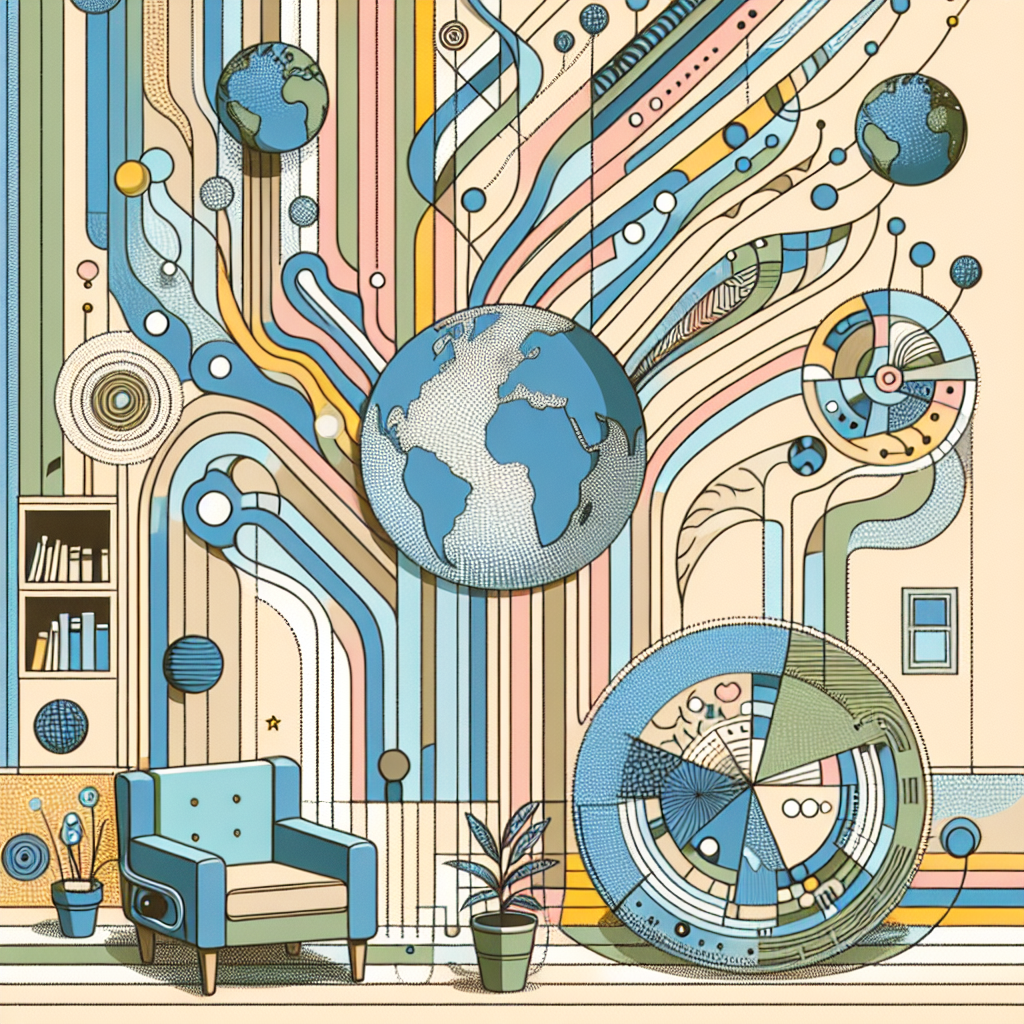The Interconnectedness of Psychoanalytic Work: From the Consulting Room to Global Perspectives
Psychoanalytic work, which was pioneered by Sigmund Freud in the late 19th century, has evolved over the years to encompass a wide range of theories and practices. While most people may associate psychoanalysis with the traditional image of a patient lying on a couch in a therapist’s office, the field has expanded to include a broader understanding of the interconnectedness of individual psyches, social dynamics, and global perspectives.
In the consulting room, psychoanalytic work involves a deep exploration of the unconscious mind, childhood experiences, and interpersonal relationships. Through the process of free association, dream analysis, and transference, patients are able to gain insight into their thoughts, feelings, and behaviors. This self-exploration can lead to greater self-awareness, emotional healing, and personal growth.
However, psychoanalytic work does not exist in a vacuum. The insights gained in the consulting room have broader implications for understanding social dynamics and global issues. For example, psychoanalytic theories of defense mechanisms and unconscious biases can help us understand how individuals and societies cope with anxiety, conflict, and trauma. By exploring the roots of these defense mechanisms, we can work towards healthier ways of relating to ourselves and others.
Furthermore, psychoanalytic work can shed light on the ways in which our personal experiences are shaped by larger social forces. For example, the concept of transgenerational trauma acknowledges how historical events such as war, colonization, and genocide can impact individuals and families across generations. By recognizing the interconnectedness of personal and collective experiences, we can work towards healing and social justice on a broader scale.
In a globalized world, psychoanalytic work can also help us navigate the complexities of intercultural communication and understanding. By acknowledging the unconscious biases and stereotypes that influence our perceptions of others, we can work towards building more empathetic and inclusive relationships. Through cross-cultural psychoanalytic dialogue, we can learn from each other’s perspectives and challenge our own assumptions about identity, power, and privilege.
Ultimately, the interconnectedness of psychoanalytic work reminds us that our personal experiences are shaped by a complex web of relationships, histories, and social structures. By exploring the depths of our own psyches and engaging with broader social and global perspectives, we can gain a deeper understanding of ourselves and our place in the world. As we continue to evolve and expand our understanding of psychoanalytic theory and practice, we have the opportunity to create a more compassionate and interconnected world for all.


